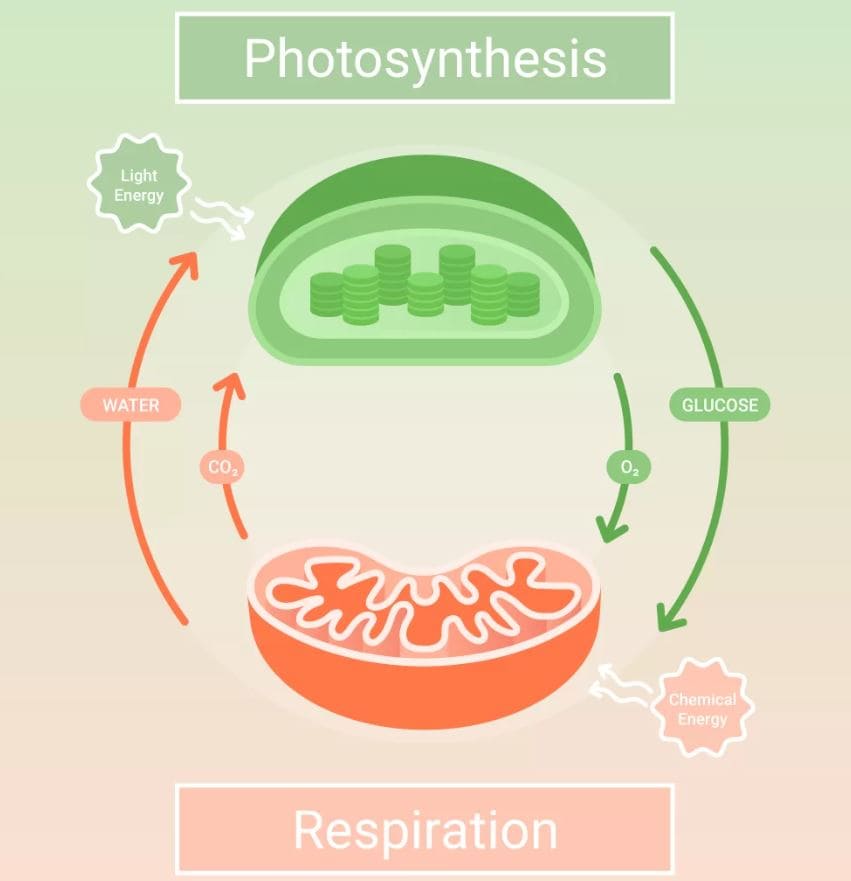Introduction
Technological progressions have revolutionized the animation film industry, bringing forth significant changes in how animated films are created and experienced. The progress has led to creating captivating worlds that deeply involve viewers, drawing them into the intricacies and wonders of these imaginative realms. Additionally, the signs of progress have transformed storytelling methods, enhancing effective communication of emotive elements. Technical advancements in the animation film industry have elevated visual effects, improved narration techniques, and streamlined production processes, revolutionizing the viewing experience, character development, and efficiency.
Enhanced Visual Effects
With new technologies, animation films have witnessed a remarkable leap in visual effects. For example, automation plays a vital role in enhancing various aspects of our lives, and this holds in film production as well, where it can generate hyperreality, a fictional yet remarkably lifelike world, ultimately enhancing the audience’s viewing experience (Budianto et al. 2022, p. 184). Through innovation, stylized digital imagery, and animation have become game-changing computer-generated imagery (CGI) techniques essential in animated films. Additionally, the employment of CGI technology in the movie Avengers Endgame achieves a level of realism that blurs the line between fiction and reality, immersing viewers in a realistic experience (Budianto et al. 2022, p. 188). Advanced visual effects create stunning scenes and casts, such as the battle of Wakanda, resulting in a lifelike and riveting spectacle experience that pushes visual boundaries. Therefore, technological upgrades in animation, particularly CGI, have modernized film production, creating hyperrealistic and immersive experiences for audiences.

Improved Storytelling Techniques
Technological progressions have also greatly influenced storytelling techniques in the animation film industry. For instance, digital technology has revolutionized film storytelling, with directors adopting new techniques and styles, transforming the medium (Hertzmann 2018, p. 7). In this case, techniques, like non-linear narratives, unconventional editing, and immersive 3D experiences, improve facial performance capture, enhancing storytelling by effectively conveying feelings, providing nuanced character development, and contributing to appealing narration. It has led to the creation of memorable characters, such as Elsa from Disney’s Frozen, who have resonated profoundly with audiences. Hence, digital advancements have altered animation, allowing for more immersive and poignant story craft through advanced techniques like 3D experiences, resulting in the growth of valued casts that deeply connect with viewers.
Streamlined Production Processes
Technology has significantly streamlined the production processes within the animation film industry, making it more efficient. The evolution of computer animation techniques and aesthetics is closely intertwined with the advancement of computational tools, leading to a distinct animation style separate from traditional hand-drawn methods (Lamotte 2022, p. 134). Adopting digital skills in the 1980s provided artists with powerful tools, enabling a new animation technique that updated the production processes. Thus, technology has changed the animation industry by making creation more efficient and enabling the growth of diverse styles.
Conclusion
Technological improvements have transfigured the animation industry, enhancing visual effects, storytelling, and production methods. These changes have created enthralling, immersive environments that captivate viewers. In turn, progress has challenged traditional limits, altering how movies are created and enjoyed. As a result, the influence of technology is apparent in stunning visuals, engaging stories, and updated production processes.
Reference List
Budianto, L, Setiawan, S, Retnaningdyah, P, Barus, PK, Ningsih, BAW & Amelia, DR 2022, ‘The power of the computer-generated imagery (CGI) in Avengers Endgame movie: Hyperreality perspective’, Ethical Lingua: Journal of Language Teaching and Literature, vol. 9, no. 1, pp. 184–189, viewed 11 July 2023, DOI: 10.30605/25409190.352.
Hertzman, A 2018, ‘Can computers create art’, Arts, vol. 7, no. 2, pp. 1–25, viewed 11 July 2023, DOI: 10.3390/arts7020018.
Lamotte, C 2022, ‘Discovering animation manuals: Their place and role in the history of animation’, Animation, vol. 17, no. 1, pp. 127–143, viewed 11 July 2023, DOI: 10.1177/17468477221080112.


